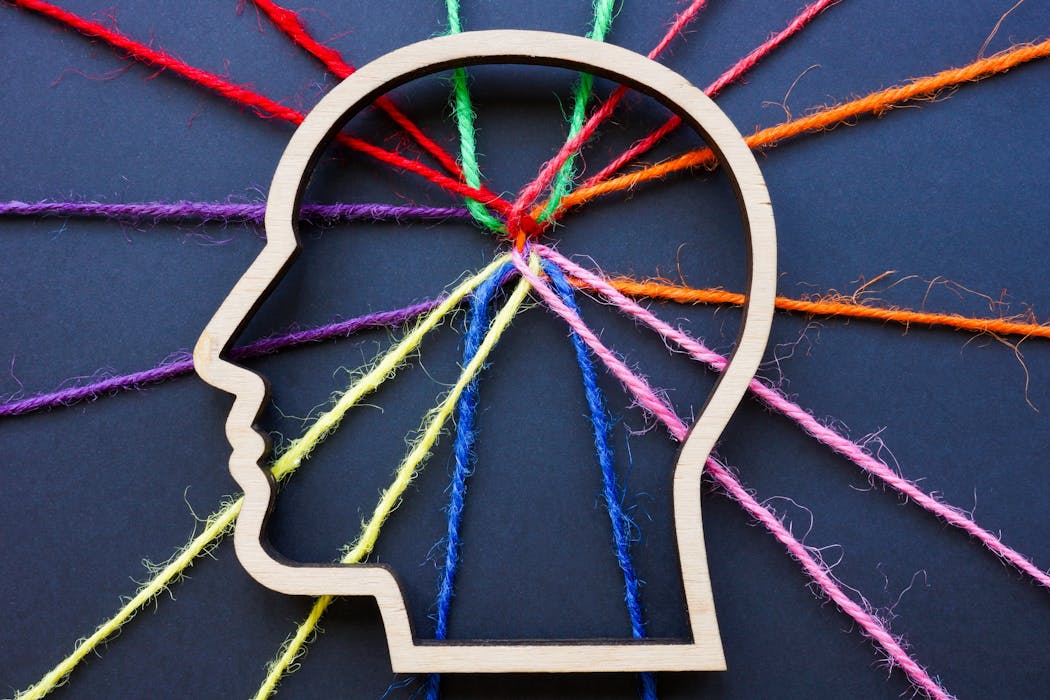Source: The Conversation – UK – By Greg Slabaugh, Professor of Computer Vision and AI, Director of the Digital Environment Research Unit, Queen Mary University of London
“China is going to win the AI race,” Nvidia CEO Jensen Huang has told an AI summit in London. The Taiwanese-born boss of the chipmaker, the world’s most valuable public company, believes the Chinese are already just “nanoseconds” behind the Americans and well placed to overtake them.
He pointed to China’s energy superiority and AI research talent, as well as the risk that the Trump administration’s ban on selling China the most advanced chips will just galvanise Beijing to close that technological gap.
Huang did soften his stance later to say American could still win the race, but he has raised potentially existential questions about the road ahead. We asked two experts whether China is likely to prevail.
Yes
Greg Slabaugh, Professor of Computer Vision and AI, Queen Mary University of London
Artificial intelligence has always been an international enterprise: papers, open-source models and datasets often move freely, and breakthroughs emerge from collaborations across borders. Yet in several domains, China’s research dominance is already clear.
Take computer vision, the field that enables machines to interpret and reason about visual data. It underpins everything from autonomous vehicles and robotics to medical imaging and surveillance.
Held in October in Hawaii, the 2025 International Conference on Computer Vision (ICCV) is one of the world’s most prestigious and competitive computer vision venues. Of the research papers presented, half of all authors were affiliated with Chinese institutions, far ahead of the second-placed US, which had 17% of papers. If Chinese nationals working abroad were included, the gap would be even wider.
Based on this admittedly simplistic metric, China has already won. It led the world in the volume and visibility of cutting-edge computer vision research at the conference, shaping the agenda in one of AI’s most dynamic areas.
This strength stems from long-term strategic planning. In 2017, Beijing launched its new generation artificial intelligence development plan, a national strategy to make China the world leader in AI by 2030. That ambition has been backed by enormous state-guided investment.
China’s recently launched National Venture Capital Guidance Fund, worth around US$138 billion (£105 billion), now channels capital into strategic “hard tech” sectors such as AI, semiconductors and quantum computing.
Provincial governments and state-owned enterprises operate numerous additional funds that co-invest with private firms. Together, they create a coordinated financial ecosystem that can scale technologies from lab to market at speed.
The United States still leads in key areas: private-sector investment (by about 12 times), foundational models and advanced semiconductor design, led by companies like Nvidia. But China is moving quickly to close the gap. Its approach, guided more by state-led industrial policy than purely by market competition, aligns research, infrastructure and industry in a way that the more fragmented western system can struggle to match.
Cities such as Beijing, Shanghai and Shenzhen now host vast AI computing hubs, also known as “AI factories”, which supply the computational power for both research and industry. Technology giants like Huawei, Alibaba, Baidu and more recently DeepSeek are building competitive large-scale models and high-performance hardware alternatives.
Even with export controls limiting access to the most advanced chips, Chinese researchers are optimising algorithms to perform efficiently on domestic hardware – a hallmark of innovation under constraint.
China’s advantage also lies in scale. With 1.4 billion people and massive digital platforms, it generates data at a volume unmatched in other locations. This fuels rapid progress in model training and deployment.
Meanwhile, China now produces more PhDs in the sciences than anywhere else, ensuring a deep pool of AI expertise to sustain momentum. More data, more talent and more coordinated investment create a self-accelerating loop that drives both research and industrial adoption.
If current trends continue, Huang’s words could prove prophetic. China’s combination of scale, strategy and coordination gives it a real prospect of emerging as the world’s leading force in AI development and deployment.
For the west, that could mean adapting to a landscape where standards, platforms and priorities are increasingly shaped by Chinese institutions and industrial ecosystems.
But the future of AI should not be viewed as a zero-sum contest. The most meaningful progress will come from open, responsible collaboration, balanced with sensible export controls and safeguards for dual-use technologies.
Seeing AI as a shared race for human progress might just help us advance further together.
No
Sean Kenji Starrs, Lecturer in International Development, King’s College London
We should first make clear how far ahead the US is. As of early November 2025, it boasts all of the world’s top ten AI firms by market value as well as 37 of the top 50. Nvidia is at number one, having become the first company to be valued at US$5 trillion a few days before Huang’s speech.
China has just four AI firms in the top 50 – the same as Israel. This list excludes major unlisted Chinese AI firms like DeepSeek (valuation US$15 billion), but also much bigger private US players: OpenAI (US$500 billion), Anthropic (US$183 billion) and Databricks (US$100 billion).
Where the US really blows China out of the water is in AI compute power, driven by its access to the world’s most advanced chips. The US has total AI compute of 39.7 million petaflops – half of the world’s total (by summer 2025 numbers).
China’s compute is the world’s seventh largest with 400,000 petaflops, far below even India’s 1.2 million petaflops. This is the result of the US export ban on Nvidia and AMD’s most advanced chips, and is despite the fact that China has 46% (230) of the world’s AI data clusters.
Read more:
DeepSeek: how China’s embrace of open-source AI caused a geopolitical earthquake
With the launch of its low-cost high-performance large language model in January 2025, DeepSeek showed that Chinese firms can innovate around US export constraints and develop comparable AI models using far less resources. But DeepSeek could draw upon Nvidia chips stockpiled before the ban in 2023-24.
An insider has also claimed that DeepSeek secretly had access to 50,000 Nvidia H100s, very advanced chips which were never cleared for export to China (though a review by Nvidia claimed this wasn’t accurate). Meanwhile in September 2025, DeepSeek admitted that its model “unintentionally” distilled OpenAI’s ChatGPT (along with Anthropic’s Claude), underlining its reliance on US technology.
The massive headstart that US rivals have will likely only grow as they continually having unrestricted access to the world’s most advanced chips, as well as capital spending of hundreds of billions of dollars. This is a marathon for the long-term, not a dash, and China is running with much weaker legs.
Huang made his prediction about the AI race despite surely knowing better. It’s true that China has cheaper electricity, but they need a lot more of it because their AI chips are not only much slower but require more energy than Nvidia’s most advanced chips.
Daily energy costs for US AI firms are a rounding error compared to their hundreds of billions of dollars of investment in infrastructure. US firms also have access to data centres in allied countries, including in the UAE and Saudi Arabia. These two nations have a combined 30.3 million petaflops of AI compute, which was built by US firms on condition they both severed ties with Chinese competitors.
What Huang really wants is for the Trump administration to ditch US export controls of his topline AI chips to China. But this isn’t going to happen. We live in a new era of “techno-nationalist globalisation” where major powers see national ownership of advanced technology as core to their security and geopolitical rivalry. The era of “free trade” is over.
Huang should take solace in the fact that he helms the most valuable company in history, and not peddle in self-interested alarmism.
![]()
Greg Slabaugh’s work was supported by the Engineering and Physical Sciences Research Council (grant number EP/Y009800/1), through Keystone project funding from Responsible Ai UK (KP0016). He is also a former employee of Huawei Technologies.
Sean Kenji Starrs does not work for, consult, own shares in or receive funding from any company or organisation that would benefit from this article, and has disclosed no relevant affiliations beyond their academic appointment.
– ref. Will China win the AI race? – https://theconversation.com/will-china-win-the-ai-race-269415









